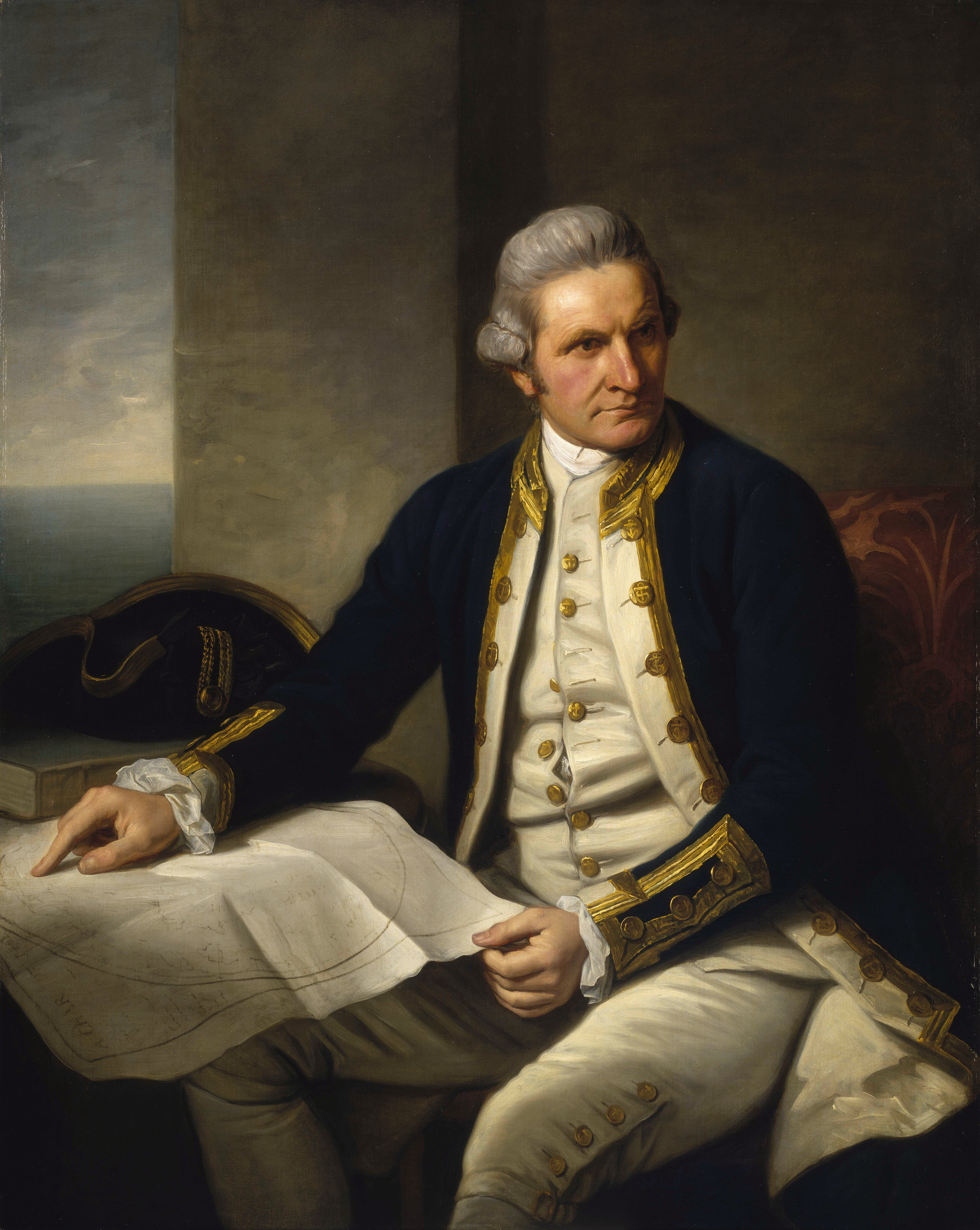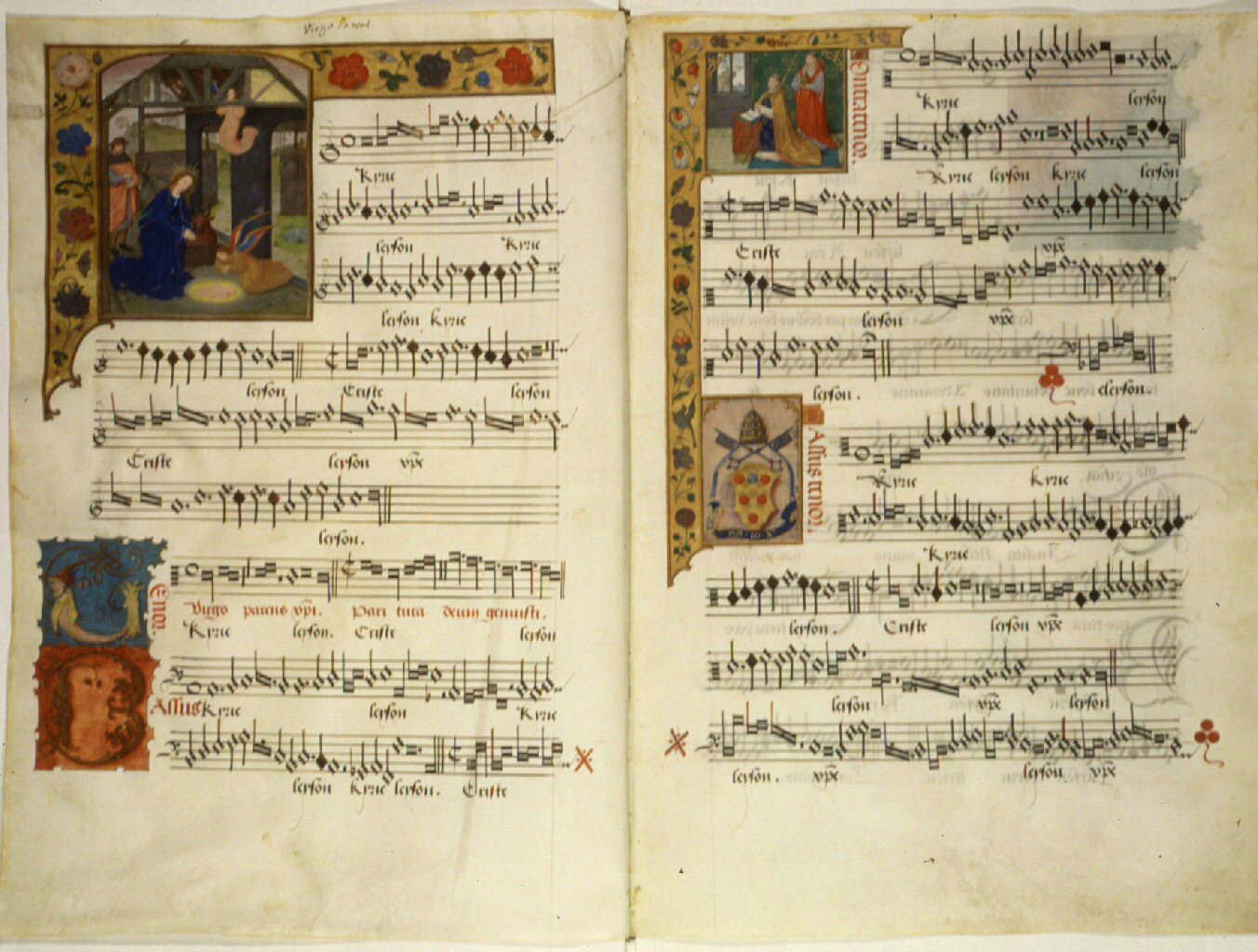|
Sebald Heyden
Sebald Heyden (8 December 1499 – 9 July 1561) was a German musicologist, cantor, theologian, hymn-writer and religious poet. He is perhaps best known for his '' De arte canendi'' ("On the Art of Singing", third installment published 1540) which is considered to have had a major impact on scholarship and the teaching of singing to young boys. He wrote hymns such as "O Mensch, bewein dein Sünde groß". It has been speculated that Heyden was the world's first true musicologist. Biography Heyden was born in Bruck (now part of Erlangen) to a family of Nuremberg patricians. He studied under music theorist Johannes Cochlaeus at the school of St. Lorenz from 1505. He entered the University of Ingolstadt in 1513, graduating with a master's degree in 1519. From 1519 he worked as a cantor, and later as rector at the Nuremberg Hospital School. In January 1525 he was appointed the first Lutheran rector of the school of St. Sebald. Among his pupils was Nicholas Selnecker. He was in regu ... [...More Info...] [...Related Items...] OR: [Wikipedia] [Google] [Baidu] |
Erlangen
Erlangen (; East Franconian: ''Erlang'', Bavarian: ''Erlanga'') is a Middle Franconian city in Bavaria, Germany. It is the seat of the administrative district Erlangen-Höchstadt (former administrative district Erlangen), and with 116,062 inhabitants (as of 30 March 2022), it is the smallest of the eight major cities (''Großstadt'') in Bavaria. The number of inhabitants exceeded the threshold of 100,000 in 1974, making Erlangen a major city according to the statistical definition officially used in Germany. Together with Nuremberg, Fürth, and Schwabach, Erlangen forms one of the three metropolises in Bavaria. With the surrounding area, these cities form the European Metropolitan Region of Nuremberg, one of 11 metropolitan areas in Germany. The cities of Nuremberg, Fürth, and Erlangen also form a triangle on a map, which represents the heartland of the Nuremberg conurbation. An element of the city that goes back a long way in history, but is still noticeable, is the settlemen ... [...More Info...] [...Related Items...] OR: [Wikipedia] [Google] [Baidu] |
University Of Krakow
The Jagiellonian University (Polish: ''Uniwersytet Jagielloński'', UJ) is a public research university in Kraków, Poland. Founded in 1364 by King Casimir III the Great, it is the oldest university in Poland and the 13th oldest university in continuous operation in the world. It is regarded as Poland's most prestigious academic institution. The university has been viewed as a guardian of Polish culture, particularly for continuing operations during the partitions of Poland and the two World Wars, as well as a significant contributor to the intellectual heritage of Europe. The campus of the Jagiellonian University is centrally located within the city of Kraków. The university consists of thirteen main faculties, in addition to three faculties composing the Collegium Medicum. It employs roughly 4,000 academics and provides education to more than 35,000 students who study in 166 fields. The main language of instruction is Polish, although around 30 degrees are offered in Englis ... [...More Info...] [...Related Items...] OR: [Wikipedia] [Google] [Baidu] |
A Note Nere
A, or a, is the first letter and the first vowel of the Latin alphabet, used in the modern English alphabet, the alphabets of other western European languages and others worldwide. Its name in English is ''a'' (pronounced ), plural ''aes''. It is similar in shape to the Ancient Greek letter alpha, from which it derives. The uppercase version consists of the two slanting sides of a triangle, crossed in the middle by a horizontal bar. The lowercase version can be written in two forms: the double-storey a and single-storey ɑ. The latter is commonly used in handwriting and fonts based on it, especially fonts intended to be read by children, and is also found in italic type. In English grammar, " a", and its variant " an", are indefinite articles. History The earliest certain ancestor of "A" is aleph (also written 'aleph), the first letter of the Phoenician alphabet, which consisted entirely of consonants (for that reason, it is also called an abjad to distinguish it fr ... [...More Info...] [...Related Items...] OR: [Wikipedia] [Google] [Baidu] |
Horror Fusae
Horror may refer to: Arts, entertainment, and media Genres *Horror fiction, a genre of fiction **Japanese horror, Japanese horror fiction ** Korean horror, Korean horror fiction *Horror film, a film genre *Horror comics, comic books focusing on horror *Horror punk, a music genre *Horrorcore, a subgenre of hip hop music based on horror *Horror game, a video game genre **Survival horror, a video game subgenre of horror and action-adventure *Horror podcast, a podcast genre Films * ''Horror'' (2002 film), an American film by Dante Tomaselli * ''#Horror'', a 2015 American film by Tara Subkoff *''Horror'', Italian title for the 1963 Italian-Spanish film '' The Blancheville Monster'' Fictional characters * Horror (''Garo''), fictional monsters in the Tokusatsu series ''Garo'' *Horror icon, a significant person or fictional character in a horror genre Music Groups and labels * Ho99o9 (pronounced Horror), an American hip hop group * The Horrors, an English rock band Albums and EPs * ... [...More Info...] [...Related Items...] OR: [Wikipedia] [Google] [Baidu] |
Missa L'homme Armé Sexti Toni
''Missa L'homme armé sexti toni'' is probably the latter of two '' L'homme arme'' masses by Josquin des Prez, both published in 1502. " sexti toni" refers to the use of the sixth Gregorian mode A Gregorian mode (or church mode) is one of the eight systems of pitch organization used in Gregorian chant. History The name of Pope Gregory I was attached to the variety of chant that was to become the dominant variety in medieval western and .... It uses Paraphrase technique in which the ''L'homme armé'' tune is shared between all voices rather than being confined to a single one, as in Josquin's tenor mass ('' Missa L'homme armé super voces musicales''). The five sections of the mass contain several examples of compositional virtuosity, including strict canons in the Sanctus/Osanna and simultaneous statements of the theme both forwards and in retrograde in the final Agnus Dei. References *Noble, Jeremy (1972), sleeve notes to his recording with The Josquin Choir Masse ... [...More Info...] [...Related Items...] OR: [Wikipedia] [Google] [Baidu] |
Josquin Des Prez
Josquin Lebloitte dit des Prez ( – 27 August 1521) was a composer of High Renaissance music, who is variously described as French or Franco-Flemish. Considered one of the greatest composers of the Renaissance, he was a central figure of the Franco-Flemish School and had a profound influence on the music of 16th-century Europe. Building on the work of his predecessors Guillaume Du Fay and Johannes Ockeghem, he developed a complex style of expressive—and often Imitation (music), imitative—movement between independent voices (polyphony) which informs much of his work. He further emphasized the relationship between text and music, and departed from the early Renaissance tendency towards lengthy melismatic lines on a single syllable, preferring to use shorter, repeated Motif (music), motifs between voices. Josquin was a singer, and List of compositions by Josquin des Prez, his compositions are mainly vocal. They include mass (music), masses, motets and secular chansons. Josqui ... [...More Info...] [...Related Items...] OR: [Wikipedia] [Google] [Baidu] |
Georg Forster
Johann George Adam Forster, also known as Georg Forster (, 27 November 1754 – 10 January 1794), was a German naturalist, ethnologist, travel writer, journalist and revolutionary. At an early age, he accompanied his father, Johann Reinhold Forster, on several scientific expeditions, including James Cook's second voyage to the Pacific. His report of that journey, '' A Voyage Round the World'', contributed significantly to the ethnology of the people of Polynesia and remains a respected work. As a result of the report, Forster, who was admitted to the Royal Society at the early age of twenty-two, came to be considered one of the founders of modern scientific travel literature. After returning to continental Europe, Forster turned toward academia. He taught natural history at the Collegium Carolinum in the Ottoneum, Kassel (1778–84), and later at the Academy of Vilna (Vilnius University) (1784–87). In 1788, he became head librarian at the University of Mainz. Most of hi ... [...More Info...] [...Related Items...] OR: [Wikipedia] [Google] [Baidu] |
Tinctoris
Jehan le Taintenier or Jean Teinturier (Latinised as Johannes Tinctoris; also Jean de Vaerwere; – 1511) was a Renaissance music theorist and composer from the Low Countries. Up to his time, he is perhaps the most significant European writer on music since Guido of Arezzo. Life and career He is known to have studied in Orléans, and to have been master of the choir there; he also may have been director of choirboys at Chartres. Because he was paid through the office of ''petites vicars'' at Cambrai Cathedral for four months in 1460, it has been speculated that he studied with Du Fay, who spent the last part of his life there; certainly Tinctoris must at least have known the elder Burgundian there. Tinctoris went to Naples about 1472 and spent most of the rest of his life in Italy. Tinctoris was also known as a cleric, a poet, a mathematician, and a lawyer; there is even one reference to him as an accomplished painter. Works Tinctoris published many volumes of writings on ... [...More Info...] [...Related Items...] OR: [Wikipedia] [Google] [Baidu] |
Pulse (music)
In music theory, the pulse is a series of uniformly spaced beats—either audible or implied that sets the tempo and is the scaffolding for the rhythm. By contrast, rhythm is always audible and can depart from the pulse. So while the rhythm may become too difficult for an untrained listener to fully match, nearly any listener instinctively matches the pulse by simply tapping uniformly, despite rhythmic variations in timing of sounds atop the pulse.Fitch, W. Tecumseh and Rosenfeld, Andrew J. (2007). Definitions The pulse may be audible or implied. The tempo of the piece is the speed of the pulse. If a pulse becomes too fast it would become a drone; one that is too slow would be perceived as unconnected sounds.P. Fraisse, ''Les Structures Rhythmiques'', Erasme Paris 1956, H Woodrow ''Time Perception'' in "A Handbook of Experimental Psychology", ed. S.S. Stevens, Wiley, NY 1951, both quoted at http://www.zeuxilogy.home.ro/media/manifesto.pdf zeuxilogy.home.ro) When the period ... [...More Info...] [...Related Items...] OR: [Wikipedia] [Google] [Baidu] |
Mensural Notation
Mensural notation is the musical notation system used for European vocal polyphonic music from the later part of the 13th century until about 1600. The term "mensural" refers to the ability of this system to describe precisely measured rhythmic durations in terms of numerical proportions between note values. Its modern name is inspired by the terminology of medieval theorists, who used terms like ''musica mensurata'' ("measured music") or ''cantus mensurabilis'' ("measurable song") to refer to the rhythmically defined polyphonic music of their age, as opposed to ''musica plana'' or ''musica choralis'', i.e., Gregorian plainchant. Mensural notation was employed principally for compositions in the tradition of vocal polyphony, whereas plainchant retained its own, older system of neume notation throughout the period. Besides these, some purely instrumental music could be written in various forms of instrument-specific tablature notation. Mensural notation grew out of an earlier, ... [...More Info...] [...Related Items...] OR: [Wikipedia] [Google] [Baidu] |
.jpg)



.png)
